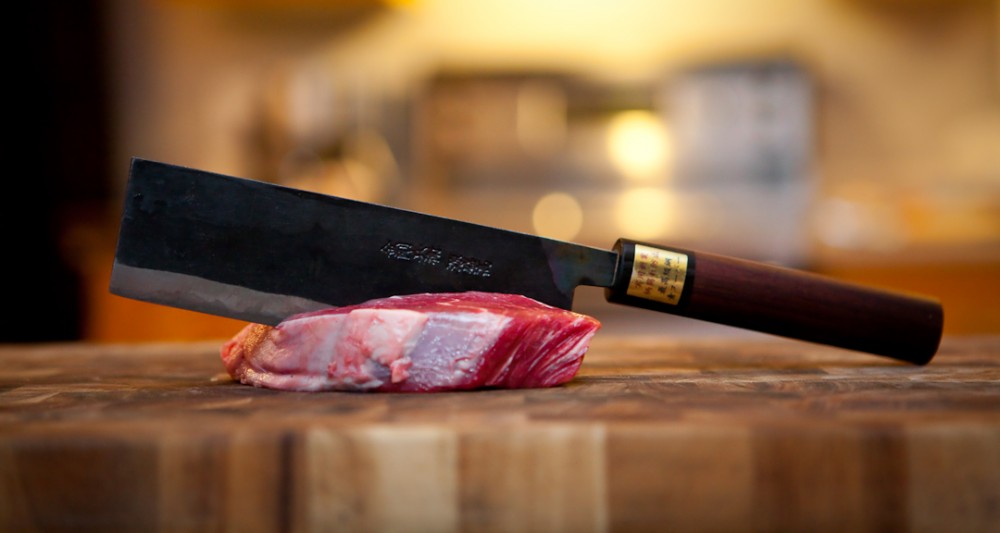Perhaps the best skill for any home cook is learning how not to follow recipes. That may seem like an odd thing to read in a book that contains a bunch of recipes, but I would very much encourage you to not follow the recipes in this book, or more accurately, to not follow the exact recipes. Recipes should be looked at not as a rigid set of instructions, but as a source of ideas and inspiration. If you want to get the most enjoyment out of any recipe, you need to learn how to customize the recipe best appeal to you and your dining companions.
The most important thing you need to understand about recipes is which ingredients you should modify and which you shouldn’t. Building a recipe is a little like building a house in that there are some ingredients that are structural and some which are cosmetic. If you get a set of house plans, you can easily change the colour of the paint or the type of moldings without consulting with the architect, but if you start making changes to the foundation or the roof trusses you may find your house collapsing on top of you after you build. The same goes for recipes; if you tinker too much with the structural ingredients you may find your recipe collapsing into an inedible mess.
Every recipe has a foundation of recipes that make up the underlying structure of the dish as well as some flavouring ingredients like herbs and spices that give it some added character. Provided you have an understanding of what herbs and spices pair with various foods you can go ahead and modify quantities or make substitutions without any worries of ruining your food.
Understanding the structural ingredients in baking is particularly important. You generally should stick pretty close to the recipes ratios of things like flour, baking powder, baking soda, and salt. While cooking may be more like an art, baking is much more of a science, so you should not be too much a maverick when it comes to the structural ingredients in baking recipes. You can feel free to aggressively add or take away flavours. For example, you can take any recipe that calls for raisins and substitute chocolate chips, or double the amount of chocolate chips. One of the most reliable rules to live by in baking is to always substitute chocolate chips for raisins. Don’t like walnuts in something? Then use another nut or no nuts at all. It won’t make a difference.
When you are identifying structural ingredients, you need to look at what that ingredient is doing to the dish. Is it adding flavour, is it carrying flavour, or is it assisting the cooking process? When you add flour or cornstarch to a stew, it is doing little or nothing to alter the flavour of the stew; they are just meant to thicken the liquid in the stew. You can choose not to use any thickening ingredients in a stew, but you need to be aware that you will be fundamentally altering the look and texture of the stew. Substituting sage for rosemary will only affect the taste, not the structure. It is the culinary equivalent of changing the colour of the kitchen.
Later in this book I will provide a great recipe for baked chicken wings that uses baking powder. The baking powder makes the wings attain a level of crispiness that you might have thought was only possible with a deep fryer. You should feel free to modify my recipe by using spices with more or less heat or going with some more savoury spices, but if you don’t want to use baking powder, then you should just look for another recipe. It is the use of baking powder that distinguishes the wing recipe. Likewise, using these same ingredients with ribs will lead to spectacularly awful results.
You may have noticed that I have not referenced onions or garlic as structural ingredients. That is because I do not generally consider them to be structural ingredients, and even though most chefs seem to think that onions and garlic must form the base 95% of all recipes, I believe that in many, if not most cases, you can easily alter or omit these from recipes without hurting the taste. In some cases you may even improve the taste. Of course, there are recipes like French onion soup, garlic butter, or aioli sauce where onions are garlic are clearly the foundation of the recipe, but for many recipes their importance is overstated.
After understanding the structural ingredients of a recipe, the next most important thing to understand is what you like and what you don’t like. Some people like fiery hot spices while others will get physically sick from so much spice. If you don’t like too much spice and a recipe calls for jalapeño, then you can substitute poblano for it. If you prefer things the hotter the better, then substitute a serrano pepper. Garlic content can also affect people in different ways. A lot of professional cooks have built up a tolerance for garlic that the average home cook simply does not have. You will routinely encounter recipes that call for an entire head of garlic, but unless you are roasting the garlic first, most of your dinner guests will be overwhelmed. Personally, when I see a recipe that calls for an entire head of garlic I just use a clove or two.
Recipes are suggestions, not commandments. You are not going to turn a great recipe into a vomit inducing mess just because you used a half a teaspoon more thyme or left out a clove of garlic. Not only should not worry about altering a recipe, but you would be better off if you actively looked for ways to alter recipes, even ones that you enjoy.
